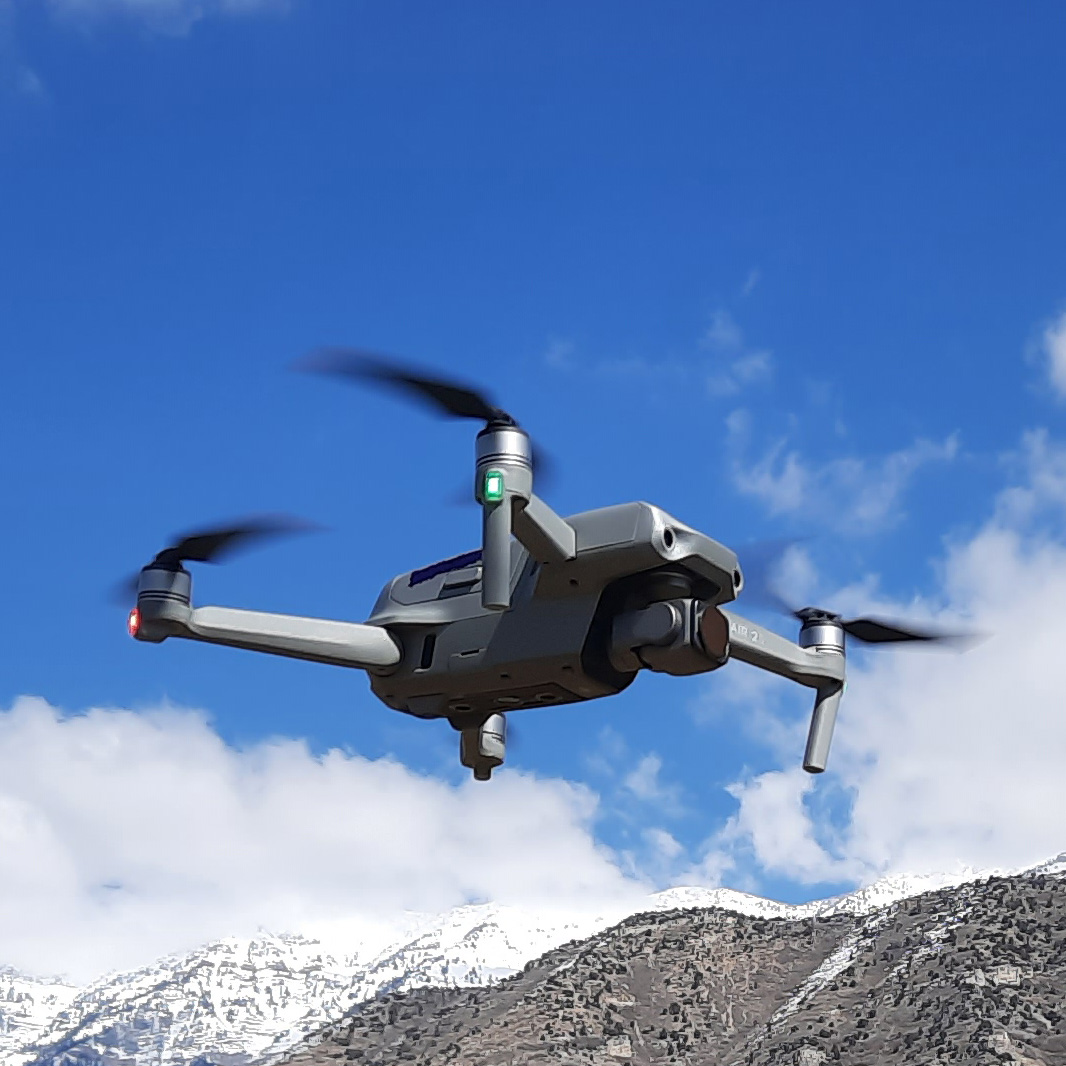This is a sad story, and an object lesson to take malware threats seriously.
Ransomware Wipes Out Data Access for ‘Majority’ of Cloud Provider’s Customers
For our top story, we have this Danish company CloudNordic, a small cloud services provider. One day they moved some servers, that’s where they think the problem got started. I remember moving servers once eons ago, tried to drive so carefully and not hit any bumps but one of the disks showed up crashed. Moving servers is hard.
Well apparently one of the servers was infected with malware and they bolted this server into their infrastructure so it has a view of the entire network. The bad guys went into action, they encrypted critical storage and the company was dead in the water.
What’s the Take-Away
Is there a lesson in this for you? Just be really careful. If you run Windows, Microsoft’s built in virus protection is pretty good but you could run Malwarebytes for some extra protection.
You’ll note the article above doesn’t get into the source of the malware, it just says it was dormant until the company connected the server to the full network. It most likely was introduced something silly like someone plugging a home USB stick into the server, or possibly a social engineering attack.
Always be careful of what you click. Think twice or three times if an email is asking you to react to some supposed problem or incentive like that Yeti cooler you won (congrats!). If you get an email from Amazon saying your order for the $600 software program went through fine, you should go check your account to be sure, but don’t assume it’s a real message.
Just Because It’s On Your Screen…
Before we move to the next story, I’m an old guy, I remember before cell phones and computers and ubiquitous screens. I have always known, just because it’s on your screen, you can’t necessarily believe it. It’s a corollary of: just because you’re paranoid doesn’t mean they’re not really out to get you. Everything on your screen is fake. Start from that standpoint, keep your paranoia healthy, and you’ll probably stay safe.
Smart Cities
There’s a pretty long article about smart cites, a lot of it is quite verbose, but if you scroll down far enough you’ll get a discussion of security. This makes sense, since it’s on Security Week.
Smart Cities: Utopian Dream, Security Nightmare, or Political Gimmick?
Here’s a quote:
This introduces a completely new security risk: the possibility of discrimination against a user in one service because of bad behavior in another service. Figuratively speaking, the subway gate might not open because the traffic system caught you jumping a red light – and you are now deemed a bad risk.
… and …
Technically, a smart city would be able to penalize people for bad behavior. Since one of the primary functions of the smart city is “to enhance the quality of living for citizens”, the reduction of bad behavior could be viewed as a valid, if dystopian, function.
1984
This is really creepy stuff!
I’m older, I had to read Looking Backward and other dystopian novels in school. I started 1984 recently and need to get back to it. I wonder if they still assign those books in school these days? It doesn’t seem like it, with the kind of society we’re tolerating, one that mirrors a dystopian society in so many ways. In terms of privacy, we gave up a long time ago when we voluntarily allowed companies like Google and Facebook to know all our intimate details.
Remote ID Coming for Drones
Me, I’m into drones. That’s my drone in the featured image.
A big part of planning for smart cities and 5G networks is related to new forms of air transportation that appear to be becoming commonplace. The drone landscape is changing, including a new “Remote ID” requirement effective this Sept 16 (2023).
I have an Air 2S that I like to fly occasionally. As of September 16, my drone will have to comply with a new FCC requirement, Remote ID. In short, it needs to broadcast a wifi or bluetooth signal that anyone can read with a cell phone app. This signal contains my location, as the pilot. In theory any busybody who sees my drone and wants to track me down can now do so. Heck, they don’t even have to visually see my drone, they can just see it on their app.
All in the name of smart cities, in my opinion. Knowing a pilot’s location is just a side effect, within a few years (3-7) I predict a couple things:
- We will not have smart cars flying around yet
- We will scads of drones flying around at low altitudes (under 400 feet)
- These drones will be communicating with “smart cities” in a vast network
I wonder how long it will be before I can’t just go fly my drone at the park without a license? Oh wait, I already had to get a license.
OK have a good week everyone!

